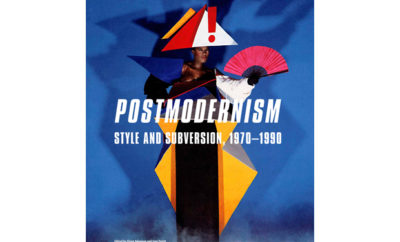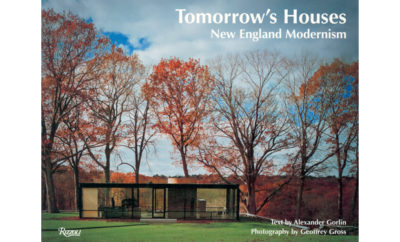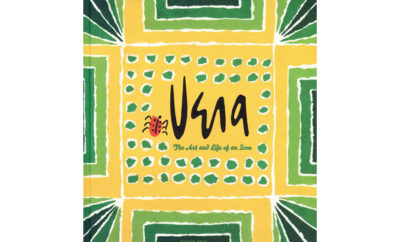
Design
Winter 2012

When it came to modernist design, the people of United States of America were, by and large, slow learners. Invited to participate in the Exposition Internationale des Arts Décoratifs et Industrials Modernes held in Paris in 1925 the fair that birthed the term art deco then-Secretary of Commerce Herbert Hoover declined the offer, saying that the nation had no modernist works to present. Still, a group of some 92 American connoisseurs, curators, architects, and perhaps most importantly manufacturers attended the event, and came home starry-eyed. The problem, as documented in A Modern World: American Design from the Yale University Art Gallery 1920-1950, edited by John Stuart Gordon, was not a lack of enlightened designers, but a lack of consumers. Americans had to be taught to appreciate modernism. Using examples from Yale’s extensive collection, built with gifts from eminent collectors, most prominently John C. Waddell, Gordon and other contributors to the book demonstrate both the way American designers embraced new, sleek streamlined forms and how the nation’s buyers learned to appreciate a different and, to many, odd-looking machines for living. This book should find a place in the library of any aficionado of modern design.
A Modern World: American Design from the Yale University Art Gallery 1920–1950
By JOHN STUART GORDON
Yale University Art Gallery/Yale University Press, 438 pages, $75












